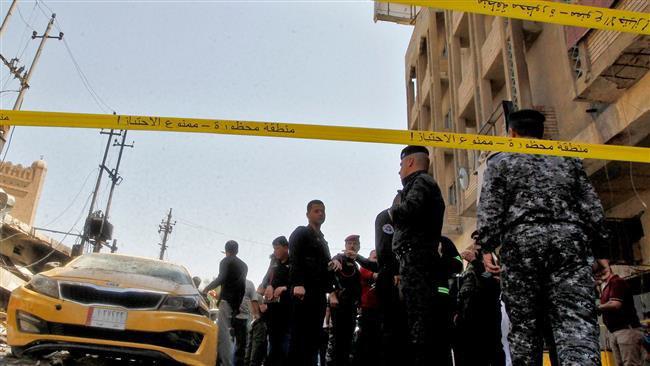Global Shia Communities Mark Martyrdom Anniversary of Sayyida Fatima al-Zahra (peace be upon her)

Global Shia Communities Mark Martyrdom Anniversary of Sayyida Fatima al-Zahra (peace be upon her)
—————————————————–
Shia communities across several countries commemorated the martyrdom anniversary of Sayyida Fatima al-Zahra (peace be upon her) with religious gatherings, mourning ceremonies, and cultural traditions reflecting enduring devotion to the daughter of the Holy Prophet (peace and blessings be upon him and his pure family).
In Mahajanga, Madagascar, the AhlulBayt Center—affiliated with the Office of the Shia Marja’iyyah, Grand Ayatullah Shirazi—held its weekly devotional program while also marking the days of Fatimiyya. The gathering began with the recitation of the Holy Qur’an and Du‘a Kumayl.
Sheikh Mohammad Ridha Wasram, director of the Marja’iyyah office in Madagascar, delivered a lecture explaining the historical background of Fadak and recounting the hardships faced by Lady Fatima (peace be upon her). Attendees participated in prayers and supplications dedicated to the memory of the revered figure.
In Iraq, the approach of Fatimiyya transformed several provinces into centers of mourning, as official bodies and local communities organized large-scale observances.
Cities including Basra, Hilla, Najaf, Karbala, and Dhi Qar declared an official holiday to enable public participation in memorial events. Processions of pilgrims—some walking long distances—began traveling toward Najaf to attend ceremonies at the shrine of Imam Ali (peace be upon him) and to take part in symbolic funeral rituals for Sayyida Fatima (peace be upon her).
In the holy city of Karbala, local business owners, markets, and service groups joined a community-driven campaign to adorn their storefronts with black banners and mourning posters. The initiative, organized by two prominent husayni associations, transformed the city’s public spaces into visible displays of Fatimiyya remembrance.
Reports from southern Iraq noted that large groups of residents from Nassiriya began a 250-kilometer trek toward Najaf, underscoring the deep-rooted cultural and religious significance of these days for Iraqi Shia communities.
In Iran, the centuries-old tradition of samanū-pazān—the communal preparation of the sweet paste samanū—once again returned to neighborhoods with the arrival of Fatimiyya nights.
Considered both a cultural heritage and a devotional act, the ritual is carried out as a form of vow and supplication linked in popular belief to Sayyida Fatima al-Zahra (peace be upon her). Historical narratives attribute the preparation of a sweet dish from wheat germ to Her Majesty, which has led to samanū being known in some old texts as “the sweet of Fatima.”
In Tehran’s old districts—including Dolab, Imam Hasan Mojtaba Square, and Parastar Street—women gathered around large pots, stirring the mixture for hours while reciting salawat, prayers, and supplications. The first bowl of samanū is traditionally offered as a symbolic blessing for the needy and descendants of the Holy Prophet (peace be upon him and his pure family).






